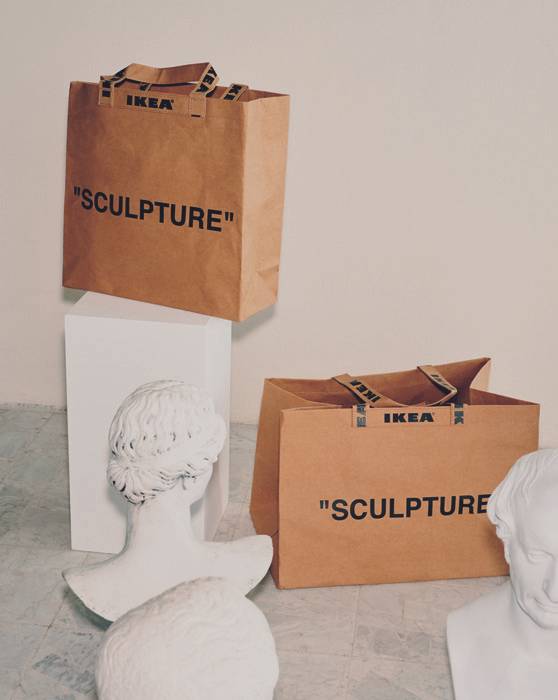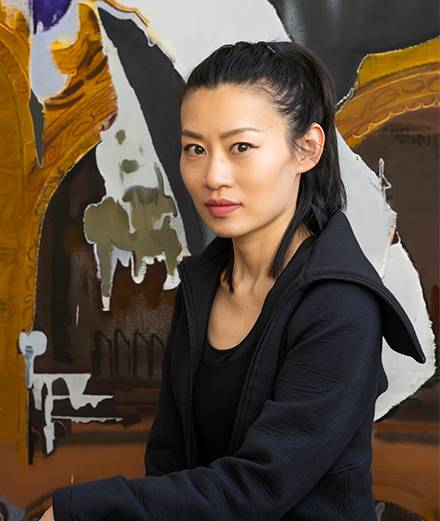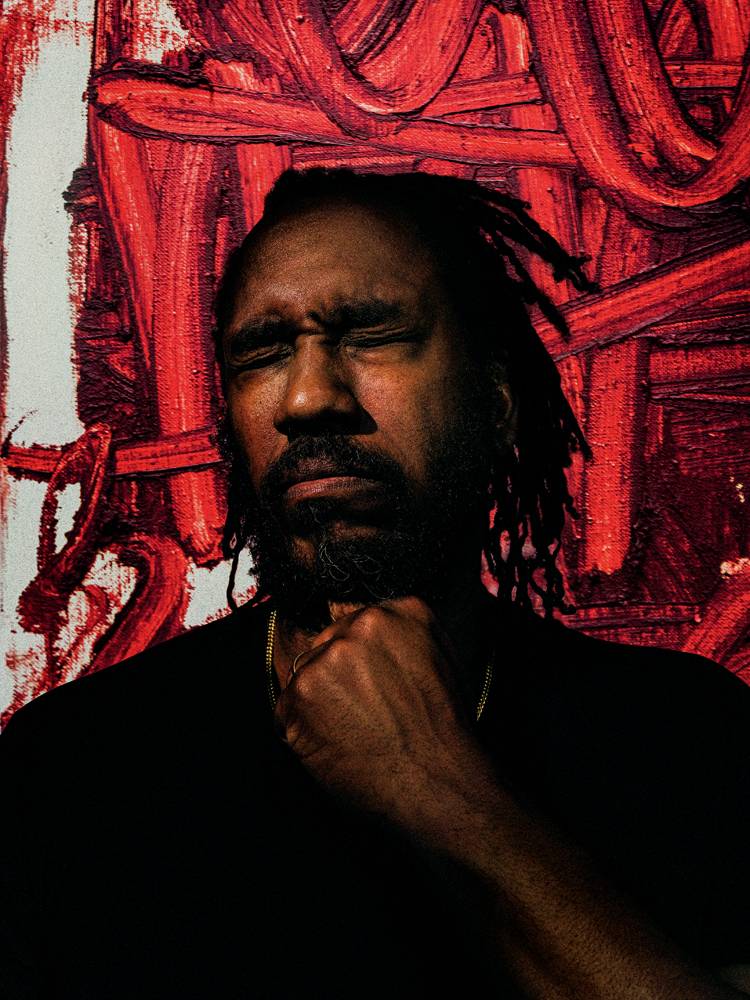

“Virgil, you are basically the first person in about ten years to have something at all good to say about tourism. I’m serious.” Rem Koolhaas in conversation with Virgil Abloh, System magazine, November 2017.
Virgil Abloh has developed a unique binary to think about his audience: tourists and purists. Tellingly, he does not exclude himself from either of these categories, as he registers himself on this spectrum while consuming art, fashion, music, architecture and design. The tourist, in his formulation, is an un-jaded enthusiast, wide-eyed about new discoveries and eager to learn more. The purist, on the other hand, is an expert who knows the history of the given subject or tradition and has developed criteria to form judgments or seek out the most rare and essential examples. As Rem Koolhaas noted, participants in the upper echelons of art, design, architecture and fashion grudgingly, if ever, take the tourist perspective into account, and often put their psyches and their humanity at risk to perform for their fellow purists. Abloh resists this pattern, regularly drawing poisonous attention from the purist blogosphere, in order to create a more democratically inclusive space for creation.




Abloh’s 2019 furniture collection for Galerie kreo is a good example of his take on tourist/purist principles. Comprising a long bench, a chaise longue, a chair and a table, the collection was rendered in hollow, fibreglass-reinforced concrete which gives it lightness and strength. In form, the objects look like post-industrial detritus left behind at a construction site, or perhaps the barricades used to keep cars and trucks out of sensitive areas – those same forms that skateboarders like Abloh relish as training grounds for tricks. Abloh is a connoisseur of 1970s and 1980s graffiti art, which he studied from afar as a teenager in suburban Rockford, Illinois, later creating his own graffiti moniker and signature style, which he has applied to these new furniture pieces. Intended for a discerning and well-heeled clientele (the price and exclusivity say it all), the collection smuggles “the street” into the most exclusive homes, as well as something of Abloh’s 17-year-old self, no doubt to the delight of the teenagers who may also live in those homes. Purists familiar with design history may also recall similar “ruins” and non sequiturs that avant-garde Italian designers of the 1960s and 70s introduced into the home, such as Studio 65’s Capitello chair (in the form of an Ionic capital) or Gaetano Pesce’s Il Piede chaise longue (in the form of a Roman statue’s foot), both rendered in squishy foam. Abloh knows that history too, and has emerged as his generation’s best spokesperson for a design language influenced by both “purist” references and the irony and subversion of street culture – a force we will reckon with for years to come.
By keeping his inner tourist and purist in balance, Abloh is able to bring neophytes into the history of art and design on their own terms (think Caravaggio images printed on his Off-White hoodies), while opening up staid and exclusive realms to new and rambunctious jolts of energy, primarily from streetwear, skateboarding and hip hop. Another great example of this approach is his collaboration with IKEA. Abloh knows that, because of its low price point and relative stylishness based on a legacy of 20th-century Scandinavian design, IKEA furniture is often the first that people buy. He also knows (because he is a purist and has a master’s degree in architecture) that the dream of 20th-century modernist designers was to bring good design to the masses through mechanization and industrialization, but that in reality the dream rarely penetrated markets below the upper middle classes at best. He saw in IKEA’s novel methods of assembly and fabrication an opportunity to redress that problem, initially attempting to produce at affordable prices pieces by Jean Prouvé, Charlotte Perriand, Le Corbusier and Pierre Jeanneret that the international design cognoscenti hold in the highest esteem. Unsurprisingly, however, roadblocks were firmly in place to disrupt this plan, ensuring the exclusivity of those originals for the time being.

Bags from the "Markerad" collection, by Ikea, in collaboration with Virgil Abloh, limited edition.

"Alaska Chair" (2018), by Virgil Abloh, limited edition, polished bronze, 75 X 48 X 44cm.
Instead, Abloh turned to another mid-century-modern project, the reenvisioning of vernacular furniture for contemporary tastes and aesthetics. This happened, for example, in Denmark with Børge Mogensen’s hunting loungers, in France with Charlotte Perriand’s new takes on rush-seated chairs and in the US with updates on colonial-era Windsor chairs by Paul McCobb and George Nakashima. Misguidedly deriding him for “ripping off” McCobb or Nakashima when viewing Abloh’s entry into this lineage, the Twitterati seemed to forget that both designers played with spindle-back forms that they did not invent, but which had been passed down from English traditions that arrived with 17th-century settlers. Abloh, like Warhol, Richard Prince or Jeff Koons, is an appropriator, updating pre-existing imagery to the here and now, which was precisely the case with his IKEA Windsor chair, immediately recognizable in silhouette not only to design aficionados who know Nakashima and McCobb, but because less vaunted examples have been common in middle-class dining and living rooms in the West and parts of Asia too for the past 70 years. Since such chairs have been in circulation so long, and because of the less-than-precise way their legs meet the ground (often because of wear and tear), Abloh’s version includes a triangular wedge attached to one of the legs to stabilize and level it. In the IKEA iteration, the wedge is bright red, calling immediate attention to it as a “wedge,” the same way the designer puts quotation marks around various words to interrogate them and bring them into high relief.
Abloh also made a limited edition of his Windsor chair in bronze, for the Parisian gallery Carpenter’s Workshop, which debuted in a 2019 exhibition at Venice’s Ca’ d’Oro. The heavy bronze version wittily subverts one of the key attributes of chairs like this, which were meant to do double duty in modern homes by virtue of their lightness, allowing them to be easily moved by the immaculate 1950s housewife from dining table to living room to desk as needed, thereby reducing unwanted clutter. As with Abloh’s best work, what might, superficially, appear simple and legible is actually highly complex and thoroughly considered.











